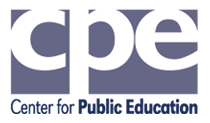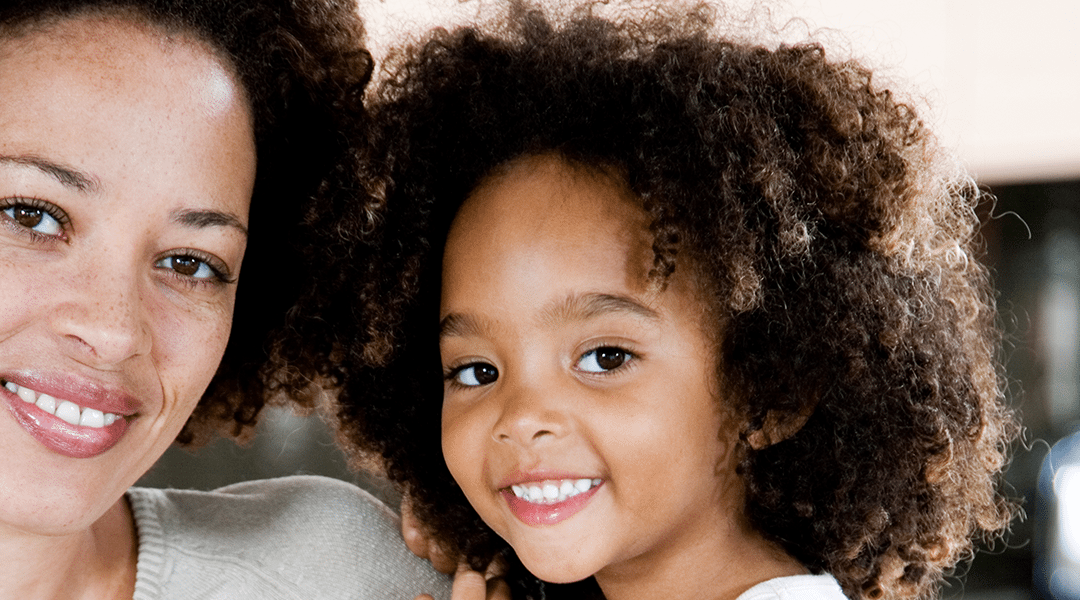
 I was a fourth-grade teacher in Tulsa, Okla., when I decided to go back to school myself and study education research. I continued to teach and the difference in my instructional style after attending graduate school was like night and day. I attribute a great deal of my own personal growth as a teacher and the success of my class to simply addressing the social and emotional aspects of my students.
I was a fourth-grade teacher in Tulsa, Okla., when I decided to go back to school myself and study education research. I continued to teach and the difference in my instructional style after attending graduate school was like night and day. I attribute a great deal of my own personal growth as a teacher and the success of my class to simply addressing the social and emotional aspects of my students.
When I began my second year of teaching, I decided I needed to foster some social skills in my fourth-graders before I could really begin tackling the academic subject material. I remember feeling this might be a big risk. My class was below grade level academically, but I felt that not addressing the social and emotional issues was where I went wrong in my first year. As a consequence, my first year of teaching resulted in an out-of-control classroom that got in the way of numerous academic learning opportunities.
So, I began my second year by teaching my students how to talk to one another in a productive and nonjudgmental way. This may seem like something you would expect a nine or 10-year-old to be able to do, or a skill that they would simply pick up over time, but I felt that it was necessary to teach this as explicitly as one would teach multiplication.
During my first year as a teacher, I tried to limit student-to-student interaction because it often lead to arguments and disruptions, but I knew that this was a skill that all people needed in their lives. To directly teach this skill, we engaged in a lot of role playing as a class. Students would practice disagreeing about nonacademic subjects in a respectful way so that they could make the distinction between a subject disagreement and a personal attack. My goal was for them to be able to eventually talk about an idea and disagree about something, without taking it personally, and to be able to understand a different perspective.
To understand another perspective on a subject is a type of critical thinking, but also a form of empathy. So, when I designed the behavior system in my class, I wanted one of the first consequences to be a reflection sheet and one-on-one discussion with me and the student. Students would fill out a paper where they explained their behavior and the reasoning behind it. I would then ask them questions to walk them through the process to reflect on their choices and understand how the other student or students were feeling because of that choice. Then we would discuss different ways to handle the situation in the future so that the student could learn from his/her mistake instead of repeating it.
My second year of teaching was so much more enjoyable for me and my students, and I think a big reason was because of these changes. Instead of simply reacting to behavior, I could anticipate it and address some of the underlying causes head on. That year, my students grew substantially in their academic subject knowledge, but hopefully they also left my class with skills like empathy, collaboration and self-reflection which are just as important for success.
Source: Center for Public Education

